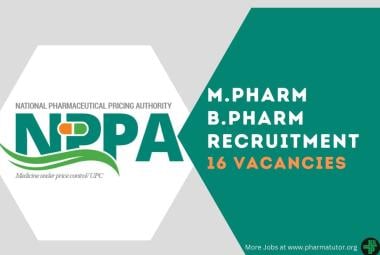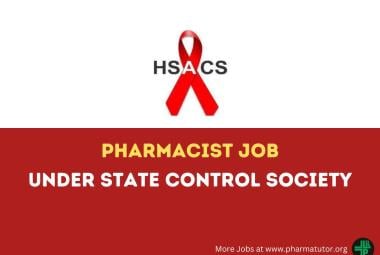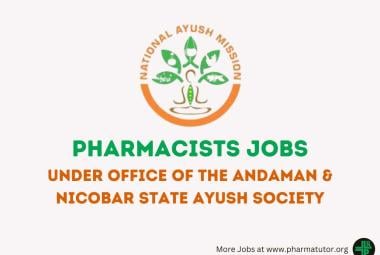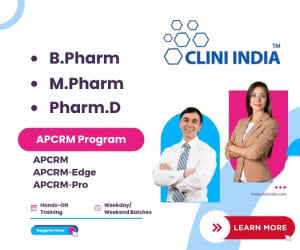BASICS OF AGING THEORIES AND DISEASE RELATED AGING - AN OVERVIEW
{ DOWNLOAD AS PDF }
 ABOUT AUHTORS
ABOUT AUHTORS
Abhijit De*, Chandan Ghosh
Department of Pharmaceutical Science,
Bengal School of Technology, Sugandha,
Hooghly, West Bengal, India
* abhi8981@gmail.com
ABSTRACT
Aging is characterized by a progressive loss of physiological integrity, leading to impaired function and increased vulnerability to death. This deterioration is the primary risk factor for major human pathologies including cancer, diabetes, cardiovascular disorders, and neurodegenerative diseases. In this review, several theories and mechanisms have been put to explain the molecular basis of aging. For example, random damage of the DNA of somatic cell is believed to accumulate with increasing age. Free radicals produced during oxidation of metabolites for energy production also damage DNA and proteins.





 ABOUT AUHTORS
ABOUT AUHTORS ABOUT AUTHORS
ABOUT AUTHORS ABOUT AUTHORS
ABOUT AUTHORS







.png)

